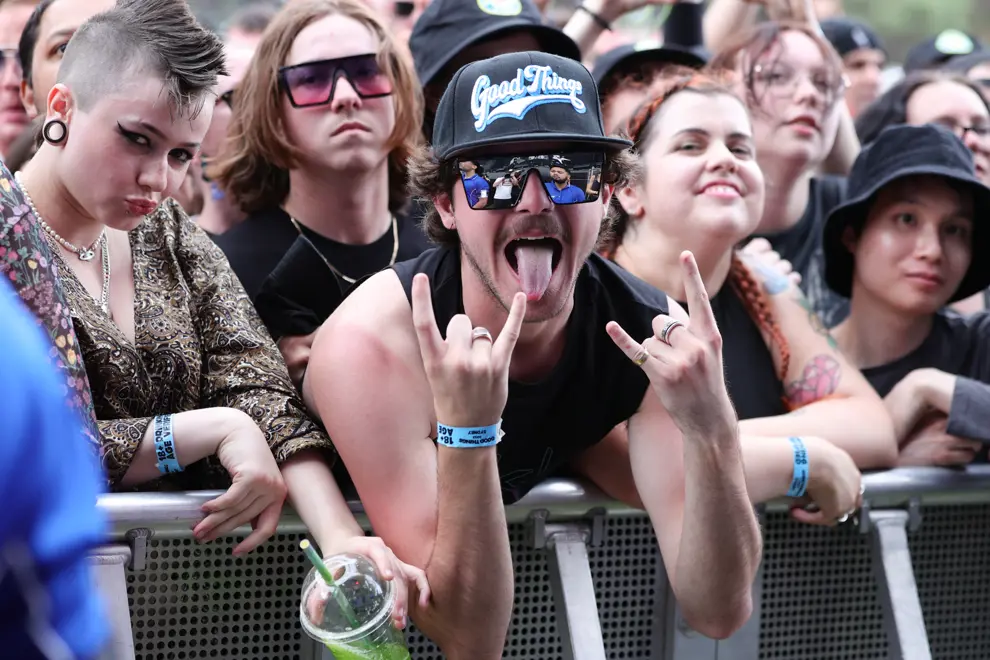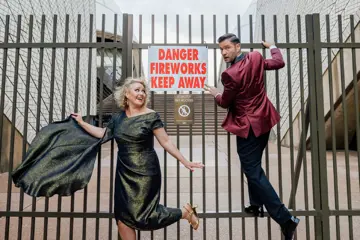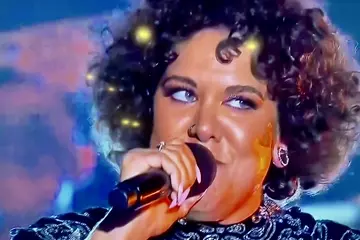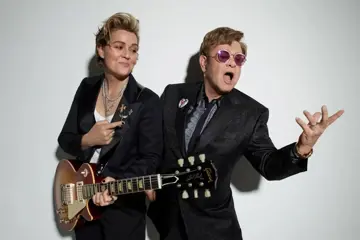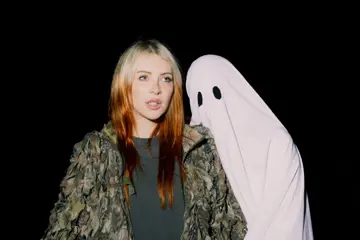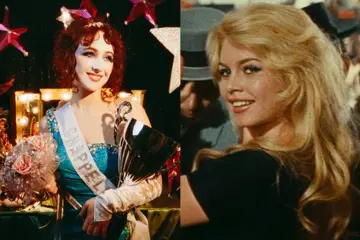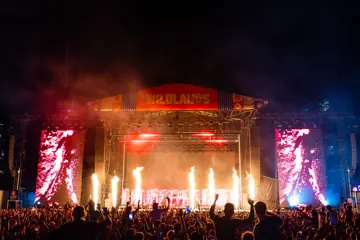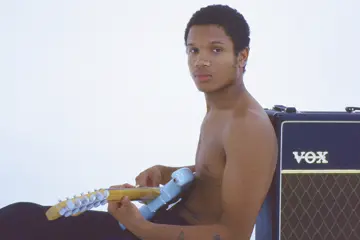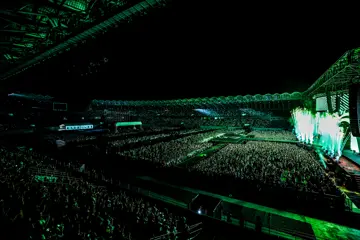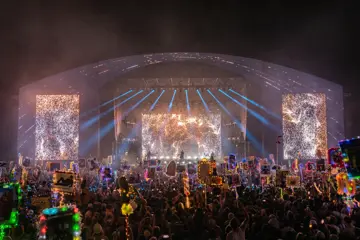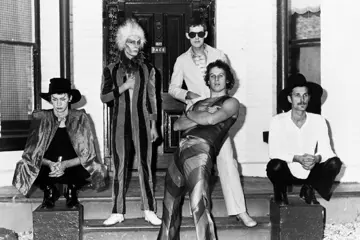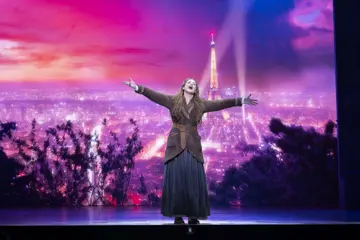The current poverty line in Australia is $25,428 a year for a single person and $53,404 a year for a couple with two children.
A new report from Creative Australia states that in the 2021–22 financial year, musicians made an average of $55,500 (26 percent below the workforce average), of which $36,700 was from artistic work. They worked 46 hours a week – 34 hours as a musician and 11 on non-arts work.
The report, Artists As Workers: An Economic Study Of Professional Artists In Australia, was published by Professor David Throsby and Research Project Director Katya Petetskaya, via the Department of Economics at Macquarie University.
In the 2021–22 financial year, 67 percent of musicians’ income came from fixed contracts for their music, 57 percent from royalties and advances, 36 percent from casual work, 22 percent from grants and sponsorships, and 23 percent from the sale of their work. Further down the scale, 12 percent came from fees and commissions, another 12 percent from retainers, ten percent from short-term employment contracts, four percent from long term contracts, nine percent from profits from business, and two percent from “other work”.
In comparison, the biggest revenue source for composers and songwriters were royalties and advances (79 percent). Other sources included short-term employment contracts (28 percent), fees and retainers (26 percent) and sale of their work (21 percent).
Don't miss a beat with our FREE daily newsletter
During the time period covered in the report, 43 percent of musicians endured periods of unemployment. 77 percent of these attributed it to the continued negative impact of COVID-19 in the traditional places of employment. Of the 78 percent who applied for social benefits, 90 percent received them. Only 32 percent could continue with their music as an approved activity.
This is no surprise as opportunities in music venues and festivals continue to dry up, while their recording income goes south. Musicians too are often asked to donate their services for community and charity events.
Wide Range
Throsby and Petetskaya look at the circumstances and challenges of a wide range of artforms including visual arts, writers, actors and directors, dancers and choreographers, and songwriters and composers.
The authors note that artists are more highly educated than the workforce at large. Three quarters hold a university degree, and 40 percent have a postgraduate degree (compared to 30 percent of Australian professionals). Yet they make much less than lawyers, doctors and accountants.
Musicians Engaged
Among musicians most engaged, according to the study, were:
Instrumental player – rock, pop, country, hip hop or other contemporary music: 43 percent.
Instrumental player – classical, contemporary classical or new music: 11 percent
Singer – rock, pop, hip hop or other contemporary music: nine percent.
Instrumental player – folk music: nine percent.
Instrumental player – improvised music (other than jazz): four percent.
Instrumental player – jazz music: three percent.
Instrumental player/sound artist – new/digital media: four percent.
Composers Engaged
Composer/songwriter – rock, pop, hip hop or other contemporary music: 32 percent.
Composer – classical/contemporary classical or new music: 21 percent.
Composer/songwriter – film, television or radio (not commercials): seven percent.
Composer/songwriter – new music: 13 percent.
Some other composer/songwriter/arranger: seven percent.
Composer/songwriter – folk music: six percent.
Composer/songwriter – country music: six percent.
Composer/songwriter – jazz music: three percent.
71 percent of musicians made extra money teaching or training music, 24 percent by assisting other musicians, 16 percent as arts administrators, seven percent serving on an arts or music board, 17 percent doing extra work in artist management, seven percent in arts research, nine percent editing, nine percent consulting in the music sector, and four percent curating. Just under half (49 percent) engaged in voluntary or unpaid work associated with music or the arts.
Training
Looking at long-term trends, a quarter of artists see formal training as their most important gateway to their careers. This is obviously essential for sectors as dance and visual arts. Others like writers, actors and directors reckon learning on the job as more important.
“Among musicians, it seems that no single type of artistic training stands out as notably more significant,” writes the authors in Artists As Workers. “Private tuition, self-teaching, learning through practical experience, and formal education are all vital avenues for a significant proportion of musicians.”
Breaking down the figures for musicians, 82 percent are self-taught, and 78 percent have private training. 67 percent learn on the job, and only 60 percent have formal training. A growing 74 percent have “other training”, like learning from peers, workshops, short courses and summer schools. Mentoring offers more personalised and flexible learning and often personal contact with experienced practitioners.
Like most professionals, musicians also need to continually spend money on acquiring new skills, instruments and recording equipment, and learning new technology, to stay afresh. Despite grants from governments or from associations in their individual sectors, “data show[s] 78 percent of artists use personal savings to sustain their practice, underscoring a profound financial commitment that often goes unrecognised.”
Gender Gap
Women make up 65 percent of the across-the-board arts workforce, and men are 58 percent. Breaking it down, they are 83 percent of writers, 76 percent of actors & directors, 76 percent of dancers and choreographers, and 69 percent of visual artists. But in the music world, it’s 42 percent of women and 58 percent of men. Of composers, it slumps to 26 percent women and 74 percent for men.
Most across the arts complained that their gender impacted on the time they could spend creatively, particularly if caring for children.
Encouraging Signs
Throsby and Petetskaya found encouraging signs of the arts as a place of resilience, growth and enjoyment. The number of artists with disability has doubled since 2016.
The number who are multilingual and based in regional areas is also increasing. 53 percent of artists are Australian born, 25 percent from Britain, and four percent each are Southern Asians and New Zealanders. 87 percent of musicians regard English as their first language.
Added the report, “93 percent of artists use technology in the process of creating art, and 65 percent believe that future technological changes will open new creative and income-earning opportunities for artists. At the same time, there are growing challenges for copyright holders to exert control over their work in an increasingly digitised environment.”
89 percent of artists are currently engaged in some form of training, up from 72 percent in 2016.
Barriers
However, barriers and disparities remain. For example, on average, women artists continue to earn 19 percent less than their male counterparts, which is greater than the general workforce's pay gap of 12 percent in 2023. While it’s still a source of irritation, the report’s authors say it is a problem that is being addressed, albeit slowly.
In the latest figures, there is a 24 percent gap between males and females in 2021-22. It was 57 percent in 2001, 38 percent in 2008 and 32 percent in 2015. “The difference in creative incomes has also narrowed substantially from 88 percent in 2008 to 44 percent in 2015 and 11 percent in 2022,” Throsby and Petetskaya state.
More artists across the board are needing to find additional work. Those looking for arts related work has gone to 59 percent from 40 percent. Those seeking extra income from non-arts jobs climbed to 56 percent from 26 percent.
“Despite the fact Australians value the contributions of artists, the challenges they face in earning a living have never been greater,” sums up Creative Australia Chief Executive Adrian Collette. “This extensive economic study provides valuable insights into the current and future challenges for artists, while reinforcing the principles underlying the development of the National Cultural Policy Revive – that arts work is indeed real work.
“The report Artists As Workers reminds us what is at stake, underscoring the urgent need for support systems and fair remuneration that truly reflects the substantial value artists contribute to our society and economy.”

